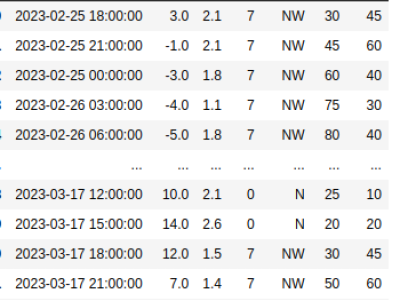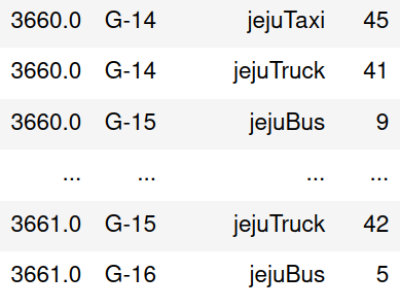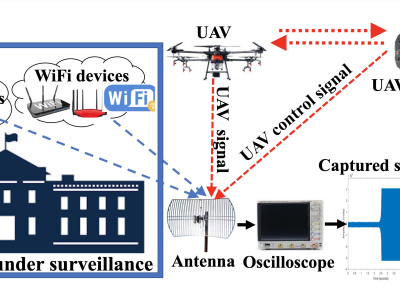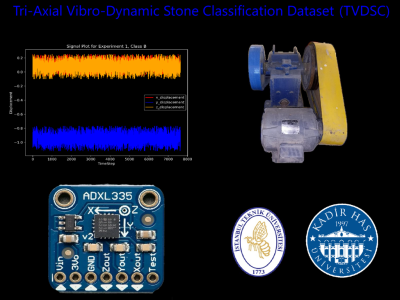Vehicular Trajectories from Jeju, South Korea
- Citation Author(s):
- Submitted by:
- Asif Mehmood
- Last updated:
- DOI:
- 10.21227/y8vk-wj40
- Data Format:
 1047 views
1047 views
- Categories:
- Keywords:
Abstract
This dataset contains the vehicular traces from a location in Jeju-si, South Korea. The dataset contains 8,495,739 traces of vehicles. It comprises of major areas/junctions of which one is the intersection from where the Jeju International Airport and Jeju Seaport traffic passes on daily. Jeju International Airport is one of the busiest airpots in the world. Four types of vehicles were considered in the simulation of dataset, i.e., buses, trucks, passenger-cars, taxies. Each trace contains:
time (timestep in seconds)
id (unique id of vehicle, IDs starting with a prefix of jTx, jPs, jBs, and jTr represent a taxi, passenger, bus, and a truck respectively)
latitude (y-axis value in geo-coordinate format)
longitude (x-axis value in geo-coordinate format
type (type of vehicle, bus, truck, passenger-car, taxi)
angle (angle ranging from 0~360 degree, representing the direction of a vehicle)
speed (speed of a vehicle at a timestep t)
lane (lane on which a vehicle is at timestep t)
pos (position of a vehicle in meters travelled on a lane at a timestep t)
Instructions:
The attached dataset (csv-file) contains vehicular traces from a location in Jeju-si. The dataset was simulated on SUMO for four different types of vehicles.
We have converted the FCD-output into a CSV format because all computer languages provide libraries to read/write CSV files which makes the dataset easier to be used for research and development purposes.
To read in python languages, you can import the dataset by a single command, i.e.,
df = pd.read_csv("path_to_csv_file")
The link which shows how to read a CSV-file using pandas is here: https://pandas.pydata.org/docs/reference/api/pandas.read_csv.html
Yes! Importing our dataset is that much easy to import and then start using.
Note: If you or any of your friends want to use the dataset, please let them know about this link. It is free to use, and if anyone wants to give a favor, he/she can cite my papers from Google-Scholar (https://scholar.google.com/citations?user=C14nwMMAAAAJ&sortby=pubdate) in their work!









